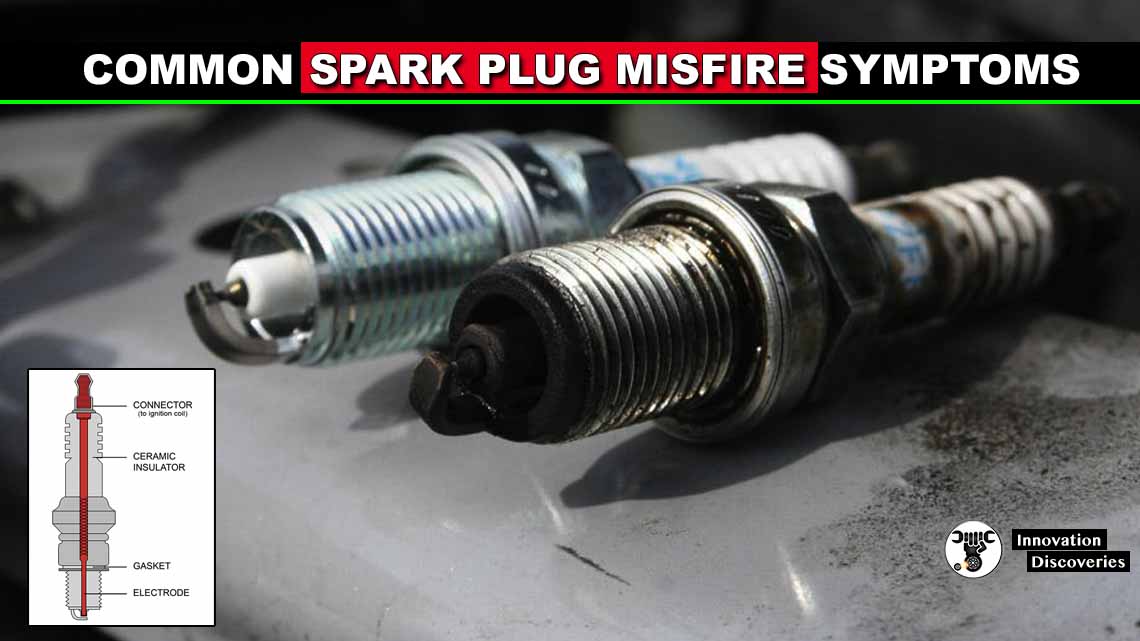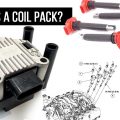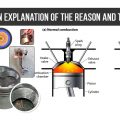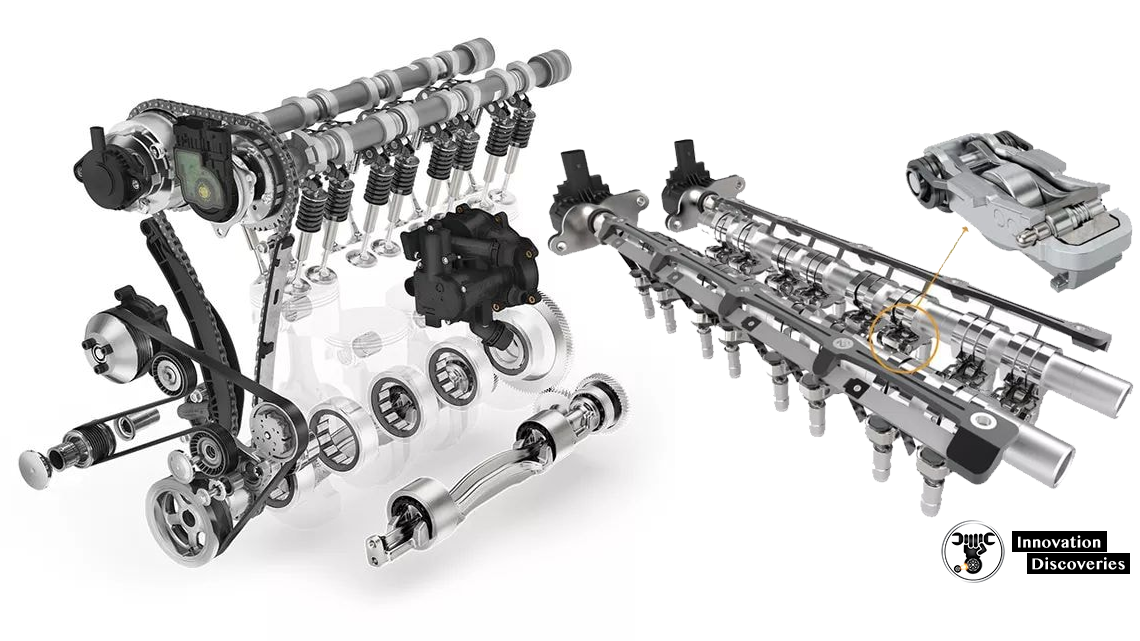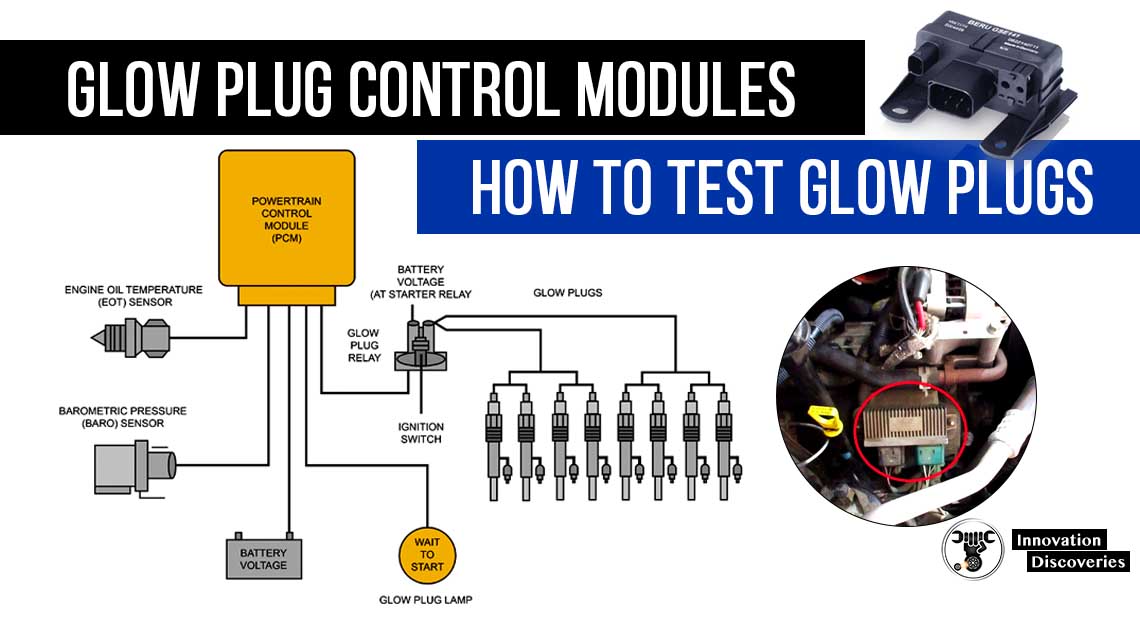
Glow plug control modules
Glow plug control modules work hard to ensure your diesel car starts, but what else do you know about them?
For example, do you know how they work?
How to choose the right glow plug control module for your vehicle? Or how and when to replace them?
What is a glow plug control module?
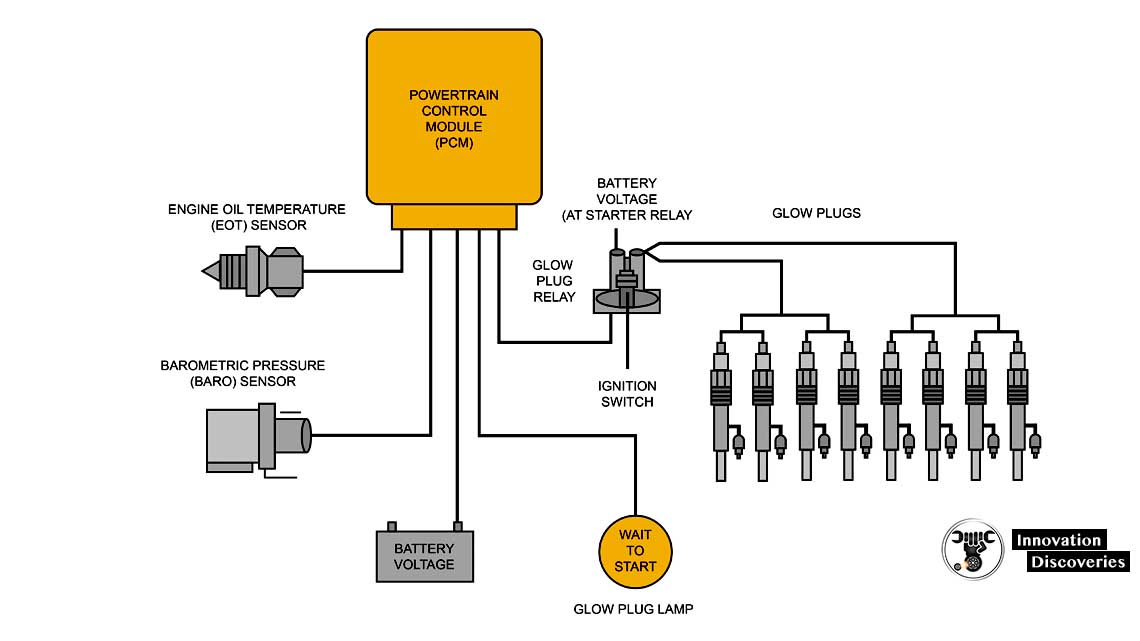
As you already know, a glow plug is a heating device in each cylinder of a diesel engine that helps the engine start.
But how is the overall operation of your glow plugs monitored and controlled?
A glow plug control module does this.
Located on the engine and directly connected to the engine control unit, the control module uses a microprocessor to analyse input from the engine control unit to determine information related to the glow plugs’ working.
This includes when to switch the current for the glow plugs on and off, and how much current is required as this will differ depending on the starting temperature of the engine.
The current to the glow plugs is turned on during the pre-heating to warm up the engine, stand-by time when should start the engine, and post-heating to meet increasingly strict exhaust gas standards and optimisation combustion processes.
When you start up a diesel-powered vehicle, the following actions happen:
READ MORE: SPARK PLUGS AND GLOW PLUGS: WHAT’S THE DIFFERENCE?
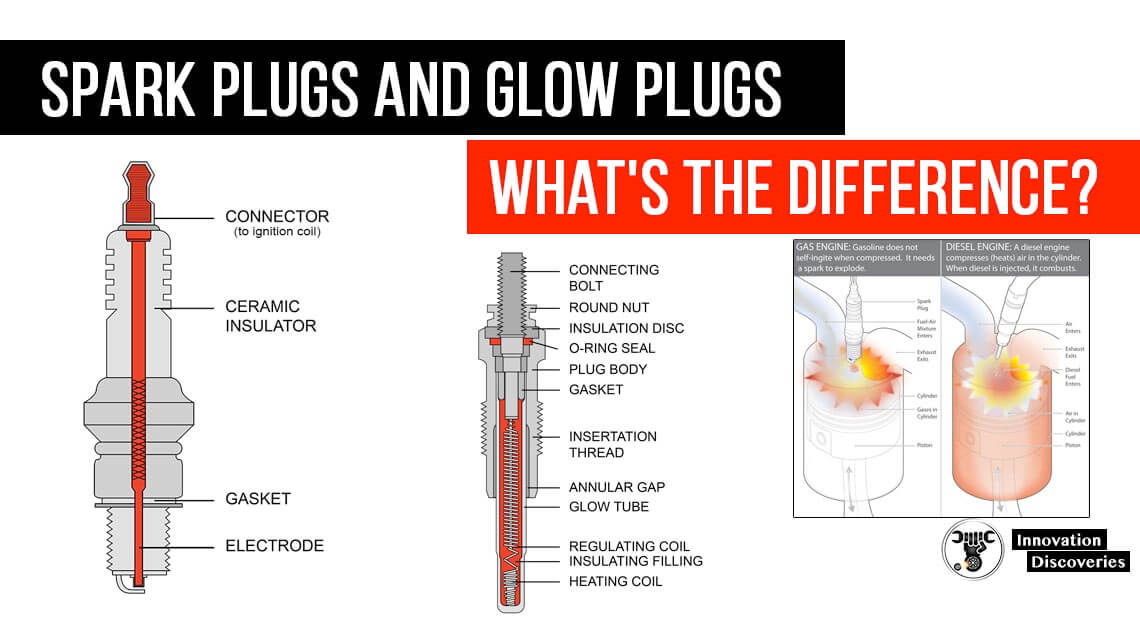
When you start up a diesel-powered vehicle, the following actions happen:
- The glow plug control module determines the timing and electric current required by the glow plugs based on input from the Engine Control Unit;
- The heating element in the glow plug is electrified, so it heats up and emits visible light (hence the name);
- Intake air is compressed;
- The fuel injector spray directs fuel onto the hot tip of the glow plug;
- The injected fuel mixes with the compressed air evaporate and start combustion almost simultaneously, even when the engine is cold;
- During the pre-heating phase, the glow plug remains on to ensure correct combustion of the fuel and reduce your car’s environmental impact.
The increase helps this process in temperature of the intake air during compression and the relatively low ignition temperature of diesel.
However, a glow plug control module is still essential. Without it controlling your glow plugs, the compression temperature might not be high enough to ensure proper ignition of the injected fuel in a cold diesel engine.
This would result in increased exhaust emissions.
What are the symptoms of a defective glow plug control module?
A diesel engine has one glow plug control module which controls the glow plugs.
This means that you might not notice when a single glow plug goes bad as this only affects one cylinder in your engine.
However, if two of three go wrong or the control module itself malfunctions, you’ll quickly find it difficult to start the engine.
In addition to watching out for the glow plug light on your dashboard, here are some common symptoms of a defective glow plug or glow plug control module:
White exhaust smoke
- A defective glow plug will cause diesel to leak into the exhaust where it burns.
Hard to start
- This could mean the engine is slow to start in warm weather or fails to start in cold weather. However, this can also be a symptom of a problem in the fuel system or battery.
Poor engine power
- After a difficult start, bad glow plugs will make it difficult for your car to run correctly, due to improper combustion which reduces power and efficiency.
How can you test your glow plug control module?
Materials needed
- Beru glow plug tester
- A basic set of hand tools
- Flashlight
- Owners’ manual
Download: HANDBOOK OF DIESEL ENGINES BOOK
First things first, is it a problem with your glow plugs or your glow plug control module?
The easiest is to check your glow plugs before testing your glow plug control module.
To test your glow plugs, connect a 12-volt test light to the positive battery terminal.
Read More:
- HOW TO SET GAPS IN SPARK PLUGS
- WHAT HAPPENS IF A SINGLE SPARK PLUG GOES DOWN IN A MULTI-CYLINDER ENGINE?
- HOW TO FIX OIL ON SPARK PLUG THREADS IN 5 EASY STEPS
Then disconnect the wires from each of your glow plugs and touch the test light probe to the terminal of the glow plug itself (not the wiring harness).
If the light doesn’t light up, the glow plug is bad and should be replaced.
Easier is to use a professional glow plug tester device.
There is some discussion about whether you should only replace the glow plugs that have gone bad, or if it is best to replace them all.
As one glow plug going bad could be a sign that the others will shortly follow, some experts recommend replacing them all at the same time while others suggest keeping a close eye on the remaining glow plugs.
If your glow plugs are all working correctly, move onto your glow plug control module.
Start by checking the battery voltage to the glow plug control module, a voltage drop of over a half volt (or more) means should replace your control module.
Also, read: WHY THERE IS NO SPARK PLUG-IN DIESEL ENGINE?
How to choose the right glow plug control module?
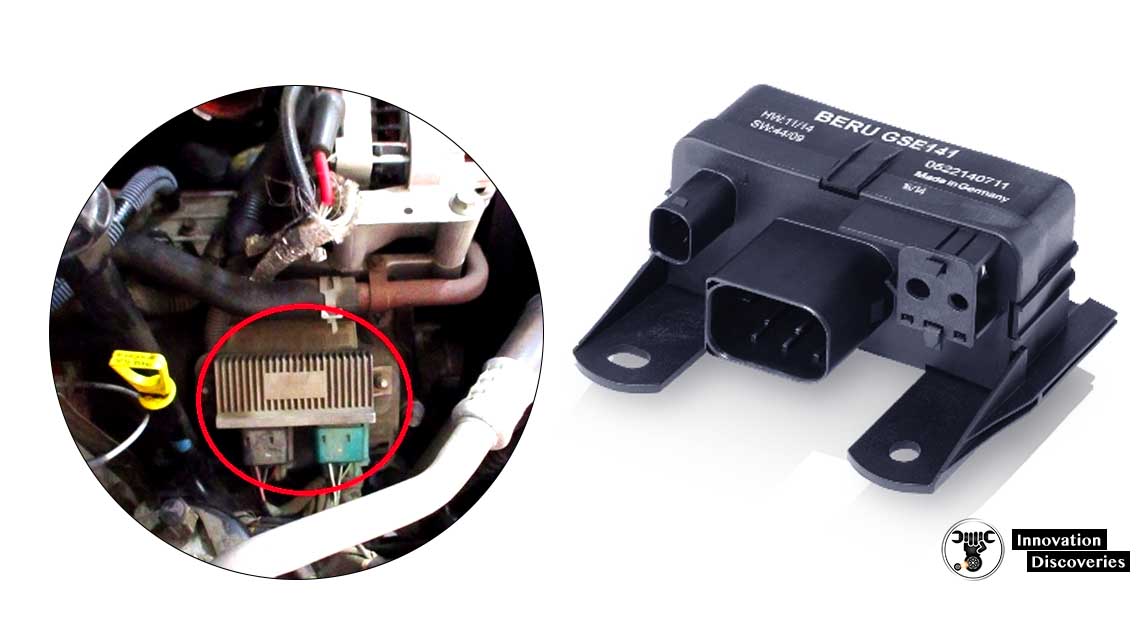
Replacing your glow plugs or glow plug control module is a straightforward project that is recommended every 60,000 miles (95,000 km).
This will help ensure that you don’t find out they’ve gone bad on a really cold day.
Before you start, ensure that you have read all relevant instructions in your owners’ manual and have all the appropriate tools at hand.
Read More:
Visit Forum
Visit Our Friendly Website

Trouble Tracers | Glow Plug
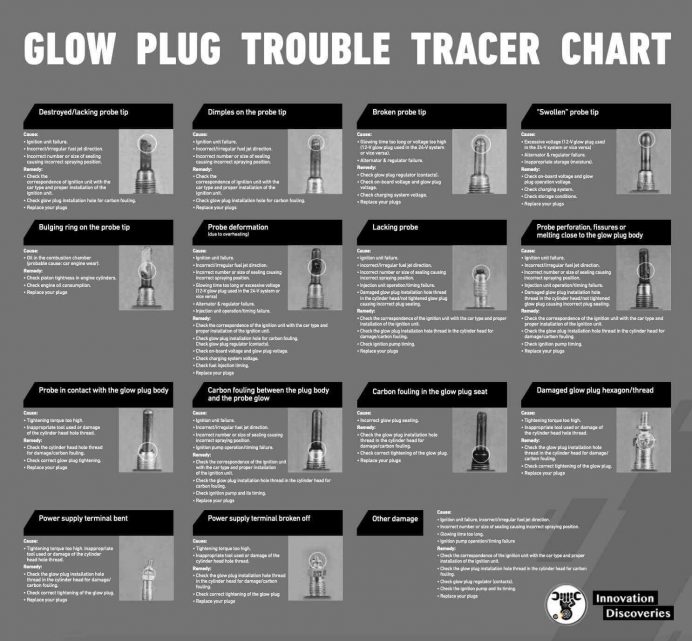
- 2004 Duramax Glow Plug Wiring Diagram


